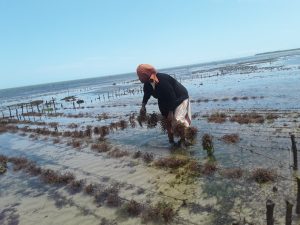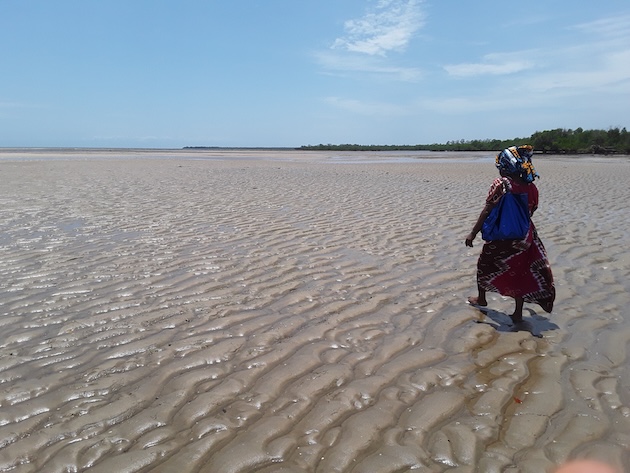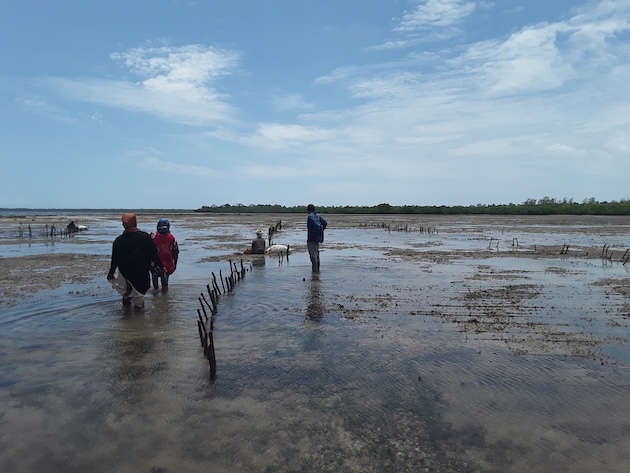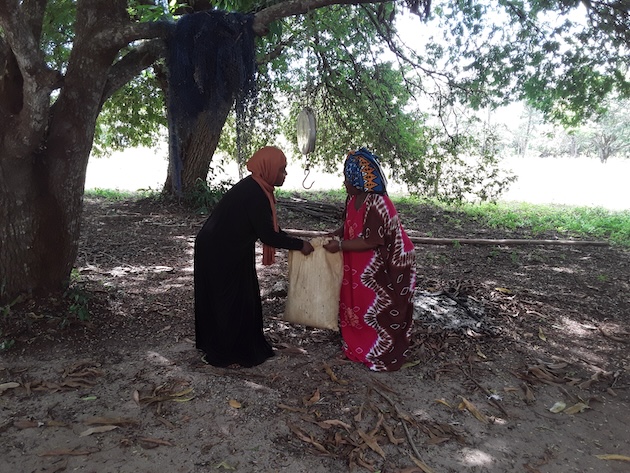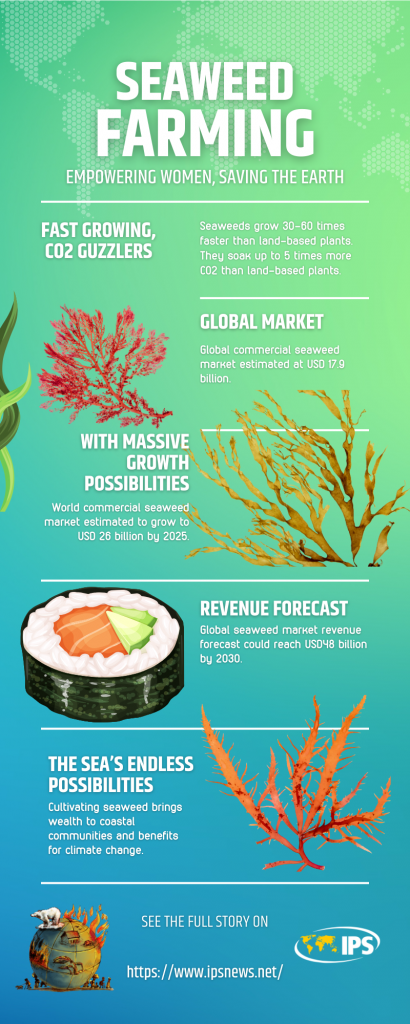JERUSALEM, March 08, 2024 (GLOBE NEWSWIRE) — Entera Bio Ltd. (NASDAQ: ENTX), (“Entera” or the “Company”) a leader in the development of orally delivered peptides, today reported financial results and key business updates for the fourth quarter and year ended December 31, 2023.
“2023 was an inflection point for Entera, with consistent validation of our disruptive N–Tab™ oral peptide technology platform and the unveiling of our goal to advance five potential first–in–class oral peptide programs, Phase 1 through Phase 3, into the clinic by the end of 2025. Each of these programs has been carefully selected to align with our platform and our mission to develop treatments that stand to become the number one choice for patients requiring peptide therapies, in a simple and convenient tablet format. Each of these programs is expected to have important catalysts during 2024. Following our December 2023 financing, we expect to have sufficient cash to fund operations through the first half of 2025,” said Miranda Toledano, CEO of Entera.
EB613: First Oral PTH(1–34) Daily Osteoanabolic Tablets for Osteoporosis
- In March 2023, a Type D meeting between Entera and the U.S. Food and Drug Administration (FDA) re–affirmed that a placebo–controlled phase 3 study design with Bone Mineral Density (BMD) and not fracture as primary endpoint could support a New Drug Application for EB613
- In November 2023, Entera echoed the American Society for Bone and Mineral Research (ASBMR) announcement that the Strategy to Advance BMD as a Regulatory Endpoint (SABRE) team had submitted its final qualification plan to the FDA
- At the Annual ASBMR Meeting in October 2023, Entera presented the differentiated pharmacokinetic profile of EB613, versus Forteo® PTH(1–34) 20 µg which requires a daily subcutaneous injection. EB613 consistently shows an increased Cmax and shorter duration of systemic exposure versus Forteo®. Furthermore, EB613’s brief “pulsatile” action appears to simultaneously stimulate both a dual bone formation and a mild anti–resorptive effect, as compared to Forteo®
- During the fourth quarter of 2023, Entera submitted its Phase 2 manuscript for potential publication in a major medical journal related to its phase 2, 6–month, 161–patient, placebo–controlled study in post–menopausal women with low bone mass and osteoporosis which met primary and secondary endpoints
“We expect an update on the qualification process of SABRE and BMD as the surrogate endpoint for fracture in 2024. We view this as the final de–risking event from a regulatory standpoint to move EB613 to Phase 3. We believe EB613 stands as the first program to potentially avail itself of the landmark SABRE initiative which is also the first biomarker to potentially be approved as part of the 2016 21st Century Cures Act. As the first potential oral tablet osteoanabolic treatment, EB613 holds the potential to address the treatment chasm in this severe, potentially lethal disease which remains significantly undertreated despite efficacious injectable treatments. Fracture rates continue to rise globally, and we have not seen any new drugs approved for osteoporosis since 2019 due to the ethical concerns and the costs of fracture endpoint studies. Our discussions with key clinicians and patient advocacy groups and other key stakeholders in this ecosystem indicate that an oral anabolic treatment is absolutely warranted and a potential ‘game changer’ for the estimated 200 million women with osteoporosis globally. We continue to hold strategic discussions related to EB613 and look forward to initiating our pivotal phase 3 study once the final qualification of the SABRE endpoint is announced by FDA,” said Miranda Toledano, CEO of Entera.
EB612: First Oral PTH(1–34) Peptide Replacement Therapy Tablets for Hypoparathyroidism
EB612, is being developed as the first oral PTH(1–34) peptide replacement treatment for hypoparathyroidism. Entera is currently evaluating its hypoparathyroidism program with an improved formulation of EB612 using the naked PTH(1–34) peptide and new intellectual property, tailored to optimize its PK profile and the potential for reduced daily dosing. Entera is also combining its N–Tab™ platform with an alternative PTH receptor agonist in a third party collaboration. Entera expects to submit data from the Phase 1 of its next generation EB612 program using the naked PTH(1–34) peptide in the first half of 2024.
First GLP–2 Peptide Tablets for Short Bowel Syndrome
Under a collaboration agreement with OPKO Health (“OPKO”), Entera is combining its N–Tab™ technology with a proprietary long–acting GLP–2 peptide for the development of the first potential daily oral GLP–2 for the treatment of short bowel syndrome and other GI disorders such as Crohn’s and Celiac disease for which GLP–2 has relevance. Entera published pre–clinical data in May 2023 demonstrating that its oral peptide delivery platform enables gastric absorption of teduglutide (Gattex®), the only approved GLP–2 treatment, as a convenient potential tablet alternative to daily injections. Pre–IND in vivo PK data for oral GLP–2 using OPKO’s long–acting analogue is expected in the first half of 2024.
First GLP–1/Glucagon Agonist (Oxyntomodulin) Peptide Tablets for Obesity
Under a collaboration agreement with OPKO, Entera is combining its N–Tab™ technology with a proprietary long–acting Oxyntomodulin (OXM) peptide for the development of the first potential daily OXM treatment for obesity and other metabolic diseases. Previously, an injectable pegylated version of this OXM peptide demonstrated significant reductions in weight loss and decreased plasma triglyceride levels with cardioprotective benefits in over 420 patients in phase 2/2B studies. Pre–IND in vivo PK data for oral OXM using OPKO’s long acting, modified analogue is expected in mid–2024.
EB613: First Oral PTH(1–34) Osteoanabolic Tablets to Treat Intense Sport and Military Stress Injuries
Entera is collaborating with leading researchers in orthopedics and sports medicine to contribute its proprietary oral PTH(1–34) tablets for an investigator sponsored Phase 2 Study seeking to treat young women and men athletes that experience stress fractures as a result of intense sports training. More details on this study are expected in the second half of 2024.
Financial Results for the year Ended December 31, 2023
As of December 31, 2023, Entera had cash and cash equivalents of $11.0 million. The Company believes that its existing cash resources will be sufficient to meet its projected operating requirements through the second quarter of 2025, which includes the capital required to fund our ongoing operations, including R&D, the completion of the Phase 1 PK study related to our new generation platform and the GLP–2/OXM collaborative research we are conducting with OPKO.
Research and development expenses for the year ended December 31, 2023 were $4.5 million, as compared to $5.8 million for the year ended December 31, 2022. The decrease of $1.3 million was primarily due to a decrease of $1.5 million in pre–clinical activity and materials costs and a decrease of $0.6 million in employee compensation, including a one–time payment made to a former employee pursuant to the terms of his separation agreement. The decrease was partially offset by an increase of $0.8 million in clinical expenses for our Phase 1 PK study related to our new generation platform and new formulations for EB612.
General and administrative expenses for the year ended December 31, 2023 were $4.4 million, compared to $7.3 million for the year ended December 31, 2022. The decrease of $2.8 million was mainly attributable to a decrease of $1.1 million in employee compensation, including a one–time payment to our former employee pursuant to the terms of his separation agreement, a decrease of $0.8 million as part of a restructuring of professional fees and other advisor expenses, a decrease in Board fees of $0.2 million due to the Board’s forfeiture of their fees for the third and fourth quarters of 2023 and a decrease of $0.7 million in D&O insurance costs.
Operating expenses for year ended December 31, 2023 were $8.9 million, as compared to $13.0 million for the year ended December 31, 2022.
Net loss was $8.9 million, or $0.31 per ordinary share (basic and diluted), for the year ended December 31, 2023, as compared to $13.1 million, or $0.45 per ordinary share (basic and diluted), for the year ended December 31, 2022.
About Entera Bio
Entera is a clinical stage company focused on developing oral peptide or protein replacement therapies for significant unmet medical needs where an oral tablet form holds the potential to transform the standard of care. The Company leverages on a disruptive and proprietary technology platform and its pipeline includes five differentiated, first–in–class oral peptide programs, expected to enter into the clinic (Phase 1 to Phase 3) by 2025. The Company’s most advanced product candidate, EB613 (oral PTH(1–34), teriparatide), is being developed as the first oral, osteoanabolic (bone building) once–daily tablet treatment for post–menopausal women with low BMD and high–risk osteoporosis, with no prior fracture. A placebo controlled, dose ranging Phase 2 study of EB613 tablets (n=161) met primary (PD/bone turnover biomarker) and secondary endpoints (BMD). Entera is preparing to initiate a Phase 3 registrational study for EB613 pursuant to the FDA’s qualification of a quantitative BMD endpoint which is expected to occur in 2024. The EB612 program is being developed as the first oral PTH(1–34) tablet peptide replacement therapy for hypoparathyroidism. Entera is also developing the first oral oxyntomodulin, a dual targeted GLP1/glucagon peptide, in tablet form for the treatment of obesity; and first oral GLP–2 peptide tablet as an injection–free alternative for patients suffering from rare malabsorption conditions such as short bowel syndrome in collaboration with OPKO Health. For more information on Entera Bio, visit www.enterabio.com or follow us on LinkedIn, Twitter, Facebook, Instagram.
Cautionary Statement Regarding Forward–Looking Statements
Various statements in this press release are “forward–looking statements” within the meaning of the Private Securities Litigation Reform Act of 1995. All statements (other than statements of historical facts) in this press release regarding our prospects, plans, financial position, business strategy and expected financial and operational results may constitute forward–looking statements. Words such as, but not limited to, “anticipate,” “believe,” “can,” “could,” “expect,” “estimate,” “design,” “goal,” “intend,” “may,” “might,” “objective,” “plan,” “predict,” “project,” “target,” “likely,” “should,” “will,” and “would,” or the negative of these terms and similar expressions or words, identify forward–looking statements. Forward–looking statements are based upon current expectations that involve risks, changes in circumstances, assumptions and uncertainties. Forward–looking statements should not be read as a guarantee of future performance or results and may not be accurate indications of when such performance or results will be achieved.
Important factors that could cause actual results to differ materially from those reflected in Entera’s forward–looking statements include, among others: changes in the interpretation of clinical data; results of our clinical trials; the FDA’s interpretation and review of our results from and analysis of our clinical trials; unexpected changes in our ongoing and planned preclinical development and clinical trials, the timing of and our ability to make regulatory filings and obtain and maintain regulatory approvals for our product candidates; the potential disruption and delay of manufacturing supply chains; loss of available workforce resources, either by Entera or its collaboration and laboratory partners; impacts to research and development or clinical activities that Entera may be contractually obligated to provide; overall regulatory timelines; the size and growth of the potential markets for our product candidates; the scope, progress and costs of developing Entera’s product candidates; Entera’s reliance on third parties to conduct its clinical trials; Entera’s expectations regarding licensing, business transactions and strategic collaborations; Entera’s operation as a development stage company with limited operating history; Entera’s ability to continue as a going concern absent access to sources of liquidity; Entera’s ability to obtain and maintain regulatory approval for any of its product candidates; Entera’s ability to comply with Nasdaq’s minimum listing standards and other matters related to compliance with the requirements of being a public company in the United States; Entera’s intellectual property position and its ability to protect its intellectual property; and other factors that are described in the “Cautionary Statements Regarding Forward–Looking Statements,” “Risk Factors” and “Management’s Discussion and Analysis of Financial Condition and Results of Operations” sections of Entera’s most recent Annual Report on Form 10–K filed with the SEC, as well as the company’s subsequently filed Quarterly Reports on Form 10–Q and Current Reports on Form 8–K. There can be no assurance that the actual results or developments anticipated by Entera will be realized or, even if substantially realized, that they will have the expected consequences to, or effects on, Entera. Therefore, no assurance can be given that the outcomes stated or implied in such forward–looking statements and estimates will be achieved. Entera cautions investors not to rely on the forward–looking statements Entera makes in this press release. The information in this press release is provided only as of the date of this press release, and Entera undertakes no obligation to update or revise publicly any forward–looking statements, whether as a result of new information, future events or otherwise, except to the extent required by law.
| ENTERA BIO LTD. | |||
| CONSOLIDATED BALANCE SHEETS | |||
| (U.S. dollars in thousands) | |||
| December 31 | December 31 | ||
| 2023 | 2022 | ||
| (Unaudited) | (Audited) | ||
| Cash and cash equivalents | 11,019 | 12,309 | |
| Accounts receivable and other current assets | 238 | 540 | |
| Property and equipment, net | 100 | 139 | |
| Other assets, net | 408 | 139 | |
| Total assets | 11,765 | 13,127 | |
| Accounts payable and other current liabilities | 1,091 | 1,341 | |
| Total non–current liabilities | 288 | 32 | |
| Total liabilities | 1,379 | 1,373 | |
| Total shareholders' equity | 10,386 | 11,754 | |
| Total liabilities and shareholders' equity | 11,765 | 13,127 | |
| ENTERA BIO LTD. | |||
| CONSOLIDATED STATEMENTS OF OPERATIONS | |||
| (U.S. dollars in thousands, except share and per share data) | |||
| (Unaudited) | |||
| Year Ended December 31, |
|||
| 2023 | 2022 | ||
| REVENUES | – | 134 | |
| COST OF REVENUES | – | 101 | |
| GROSS PROFIT | – | 33 | |
| OPERATING EXPENSES: | |||
| Research and development | 4,510 | 5,848 | |
| General and administrative | 4,430 | 7,253 | |
| Other income | (49) | (51) | |
| TOTAL OPERATING EXPENSES | 8,891 | 13,050 | |
| OPERATING LOSS | 8,891 | 13,017 | |
| FINANCIAL INCOME, NET | (31) | (83) | |
| LOSS BEFORE INCOME TAX | 8,860 | 12,934 | |
| INCOME TAX EXPENSES | 29 | 137 | |
| NET LOSS | 8,889 | 13,071 | |
| BASIC AND DILUTED LOSS PER SHARE | 0.31 | 0.45 | |
| WEIGHTED AVERAGE NUMBER OF SHARES | |||
| OUTSTANDING USED IN COMPUTATION OF | 29,007,794 | 28,808,090 | |
| BASIC AND DILUTED LOSS PER SHARE | |||

GLOBENEWSWIRE (Distribution ID 9060543)




